
Subaru Outback Estate (2003-2009) engines, drive and performance
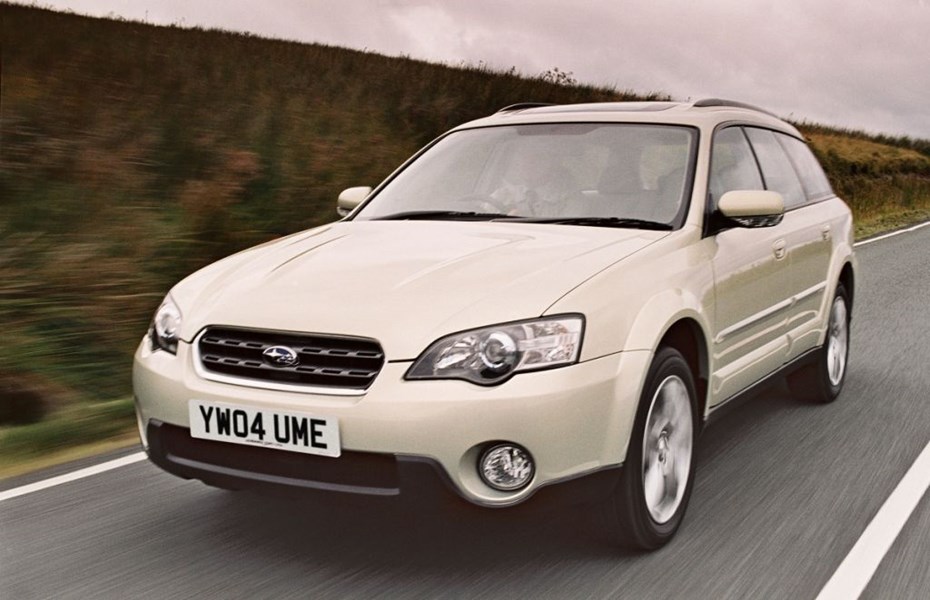
The Outback was introduced with a 2.5-litre petrol engine with 165bhp. Like all the units in the line-up it’s a ‘boxer’ engine (which means the cylinders lie flat opposite each other) and has a characteristic burbling engine note as a result. It’s quick enough with a 0-62mph time of 10.5 seconds but does have to be worked hard to get decent pace and as a result the engine spends a lot of time at high revs.
In 2007 this engine was upgraded with slightly more power (173bhp) and improved economy too. The other petrol is a 3.0-litre with 245bhp and decent amounts of low down pulling power. It’s only available with an automatic gearbox but still manages 0-62mph in a brisk 8.1 seconds, however economy is poor at just 29mpg. The best choice for long distance drivers is the 2.0-litre diesel, introduced to the range in February 2008.
This was in fact the world’s first ‘boxer’ diesel engine and is strong but still retains the same sporty character of the petrols. With 150bhp it offers a 0-62mph time of 8.8 seconds but is unusual in that it needs to be revved quite hard and doesn’t have the same in-gear pulling power of other diesels. However, it’s rarely noisy or clattery and is enjoyable to drive.
Fuel economy of 48mpg is another attractive factor. The standard gearbox is a positive-shifting five-speed manual, although it can feel a little spongy when changing gears quickly. The 3.0-litre has a five-speed automatic as standard – there’s no manual available.
Thanks to its raised ride height and extra ground clearance, the Outback is ideal if you regularly tackle muddy tracks or fields. Like most Subarus, it has all-wheel drive which feeds full-time power to all four wheels, giving superb traction in the wet or on broken surfaces. There’s also a limited-slip differential on the rear axle which allows power to be shared between both rear wheels.
It may look like a fairly ordinary estate, but it’s surprisingly capable off-road and makes a great compromise if a full-sized 4x4 isn’t necessary. On tarmac, the forgiving suspension means a smooth ride, although the Outback can struggle to settle down over humped roads and feels a little wallowy. It goes round corners adequately, but there’s a fair amount of body roll and the steering lacks feel.


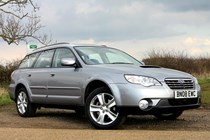


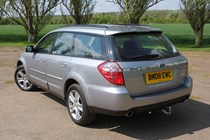
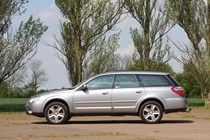
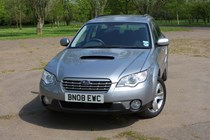
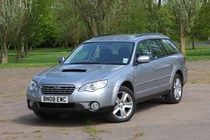
.jpg)

.jpg)
.jpg)
.jpg)

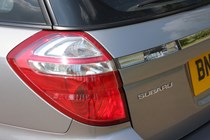
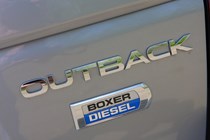
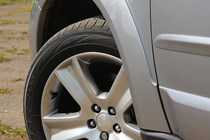

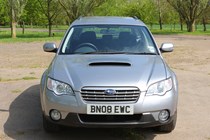
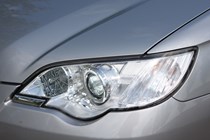
.jpg)
.jpg)
.jpg)
.jpg)
.jpg)
.jpg)
.jpg)
.jpg)

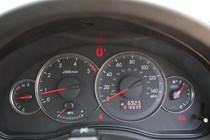
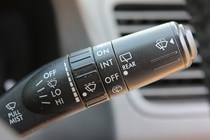
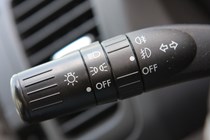

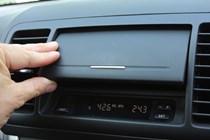
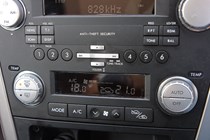
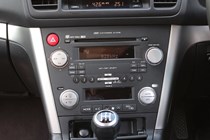
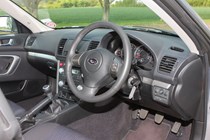
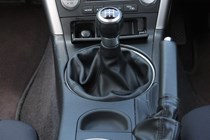
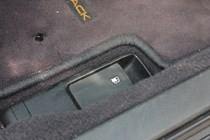
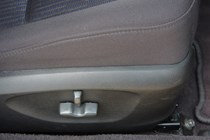
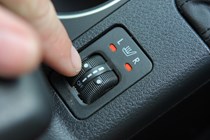

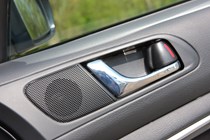
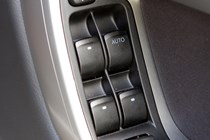
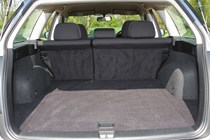
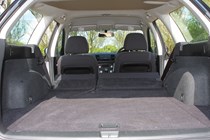
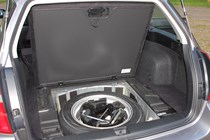

.jpg)
.jpg)
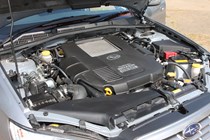

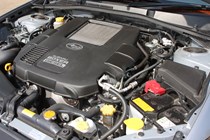
.jpg)







.jpg?quality=50)

.jpg?quality=50)
.jpg?quality=50)
.jpg?quality=50)







.jpg?quality=50)
.jpg?quality=50)
.jpg?quality=50)
.jpg?quality=50)
.jpg?quality=50)
.jpg?quality=50)
.jpg?quality=50)
.jpg?quality=50)




















.jpg?quality=50)
.jpg?quality=50)



.jpg?quality=50)